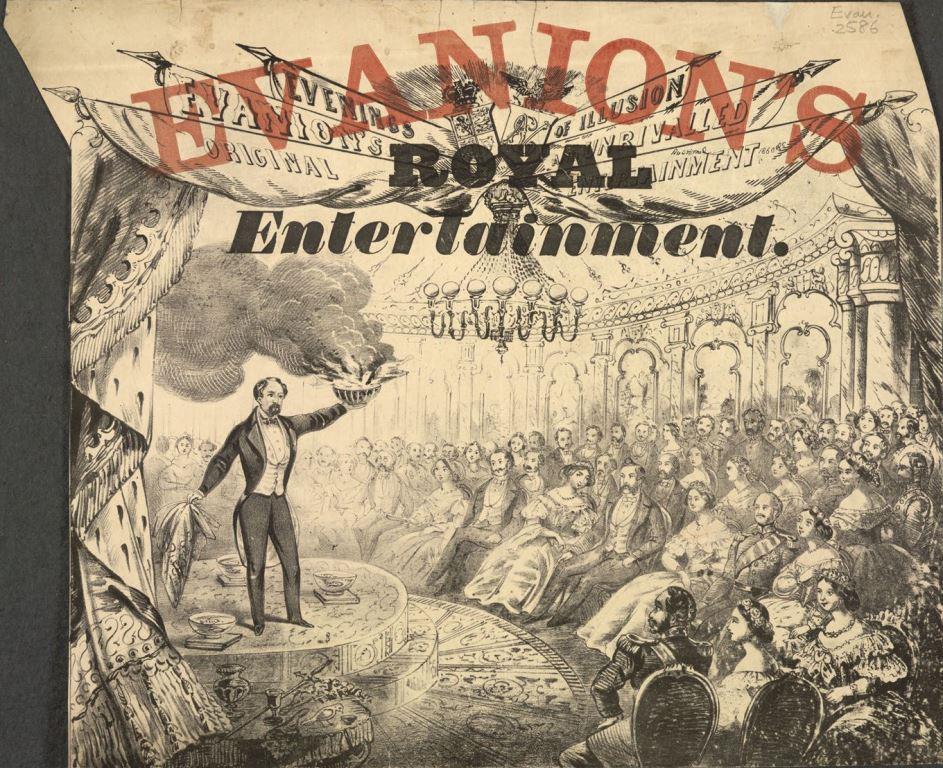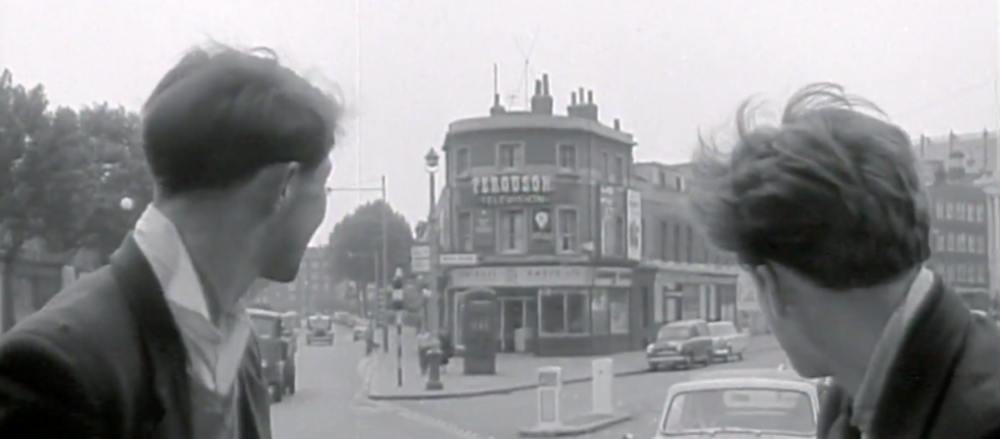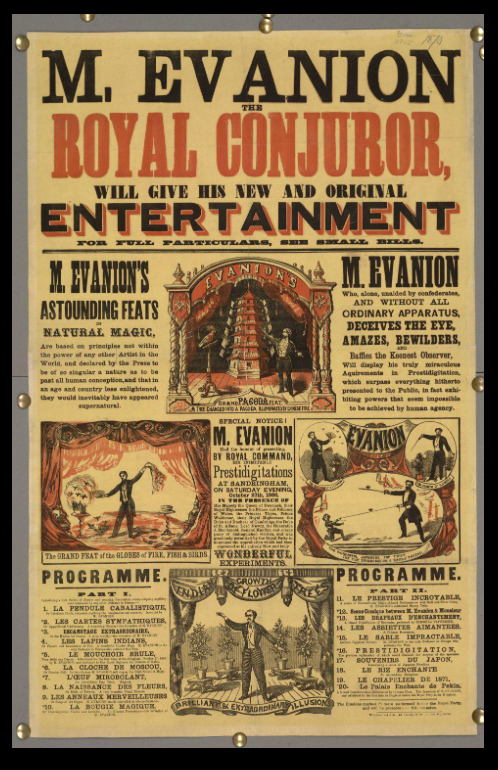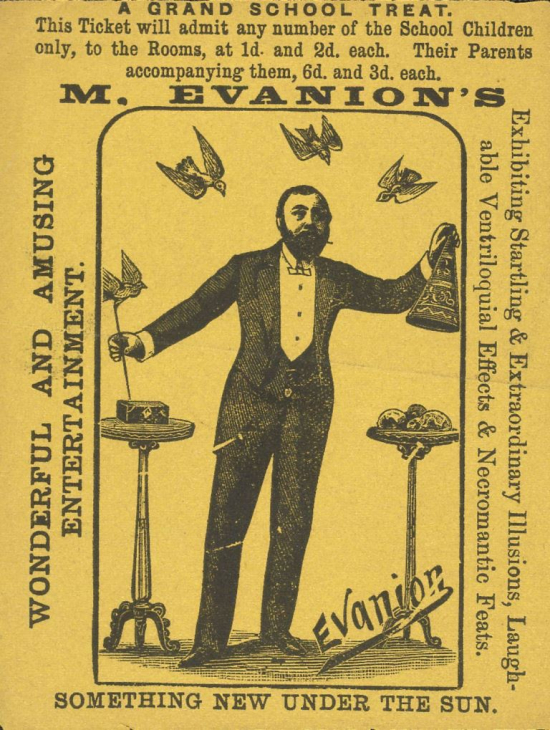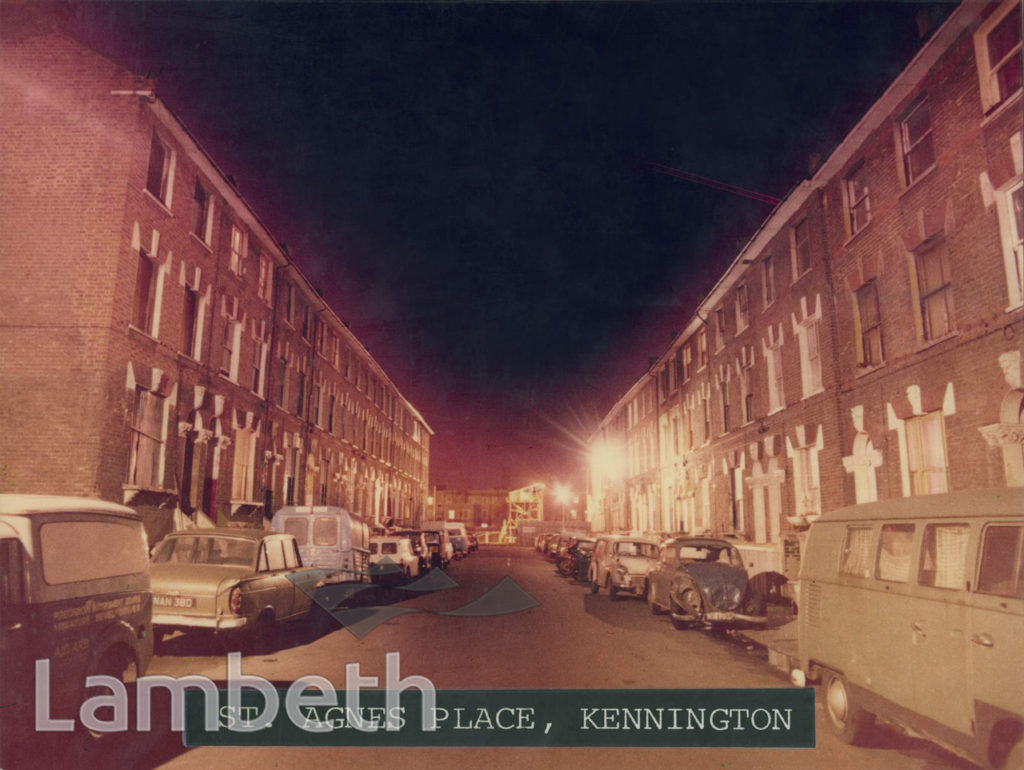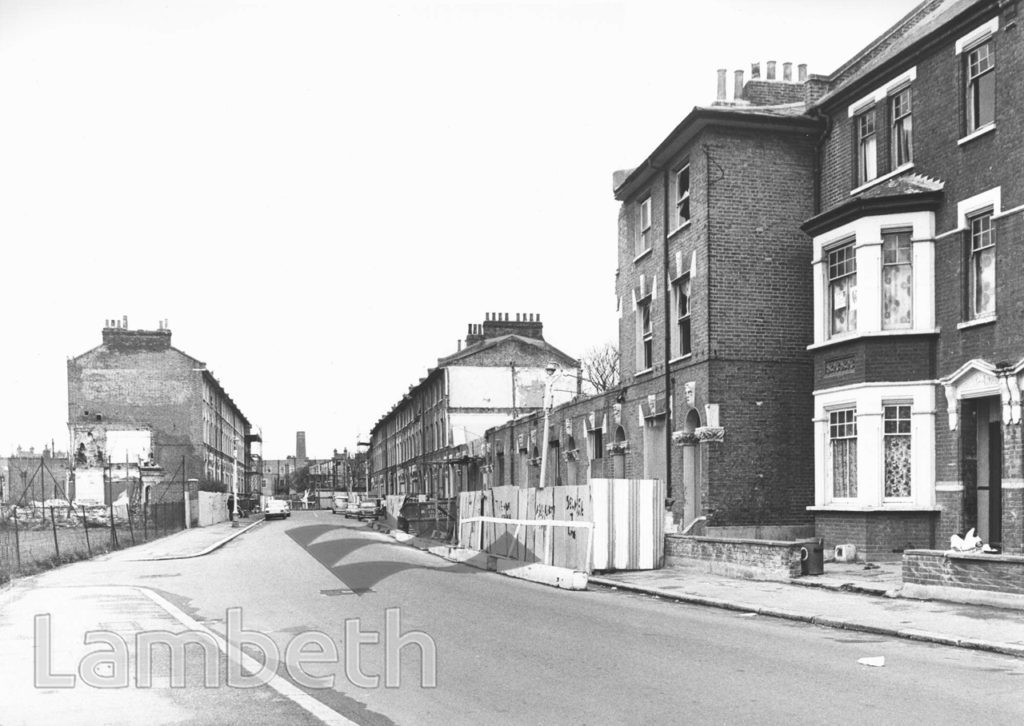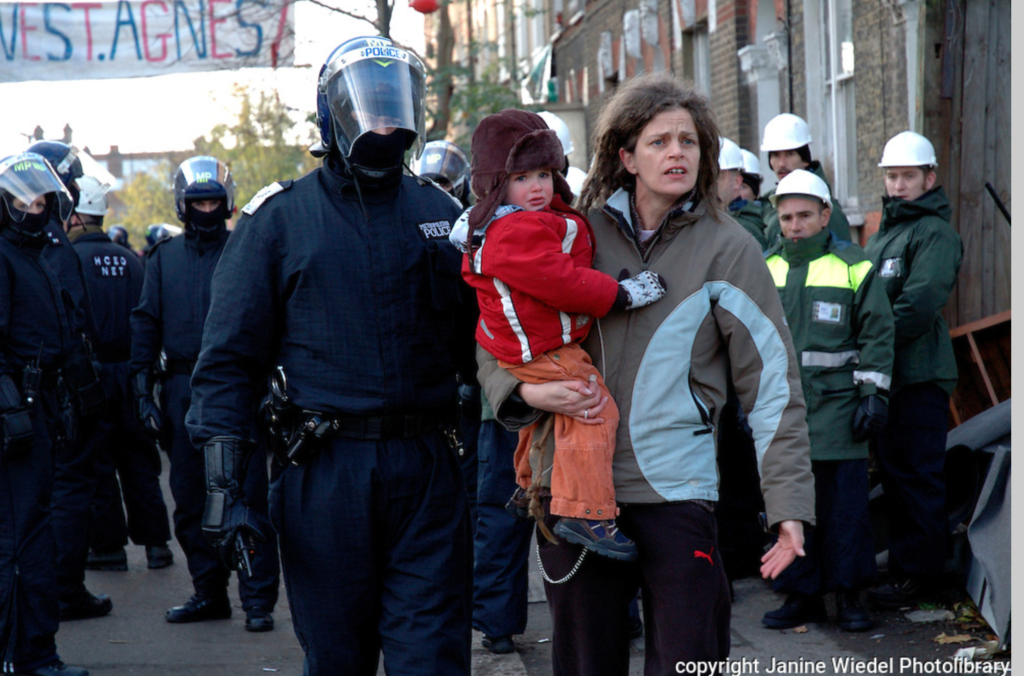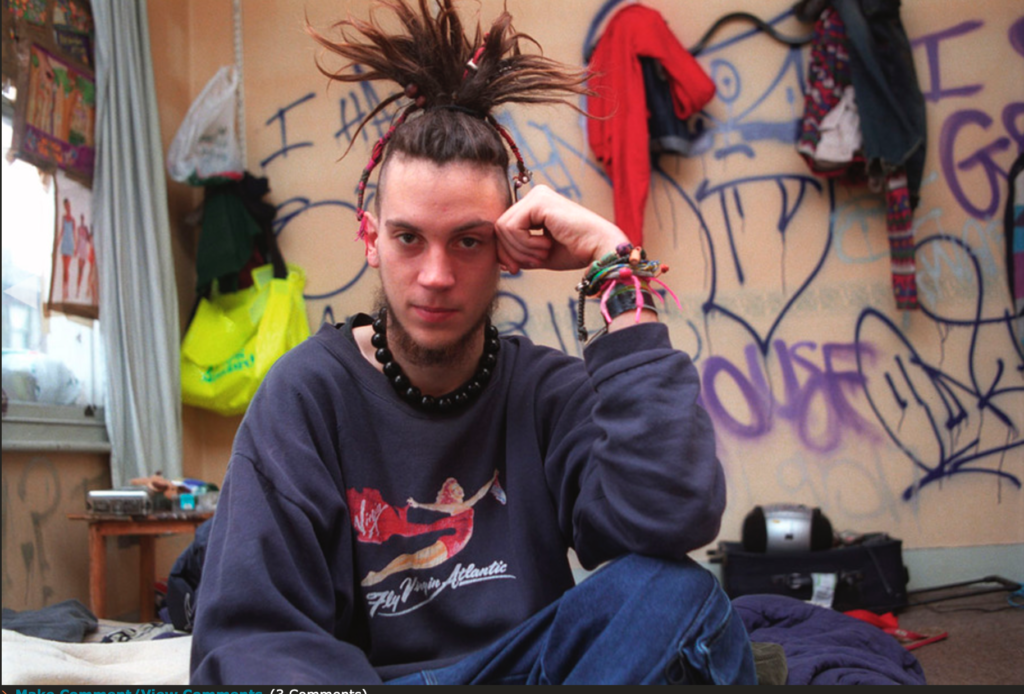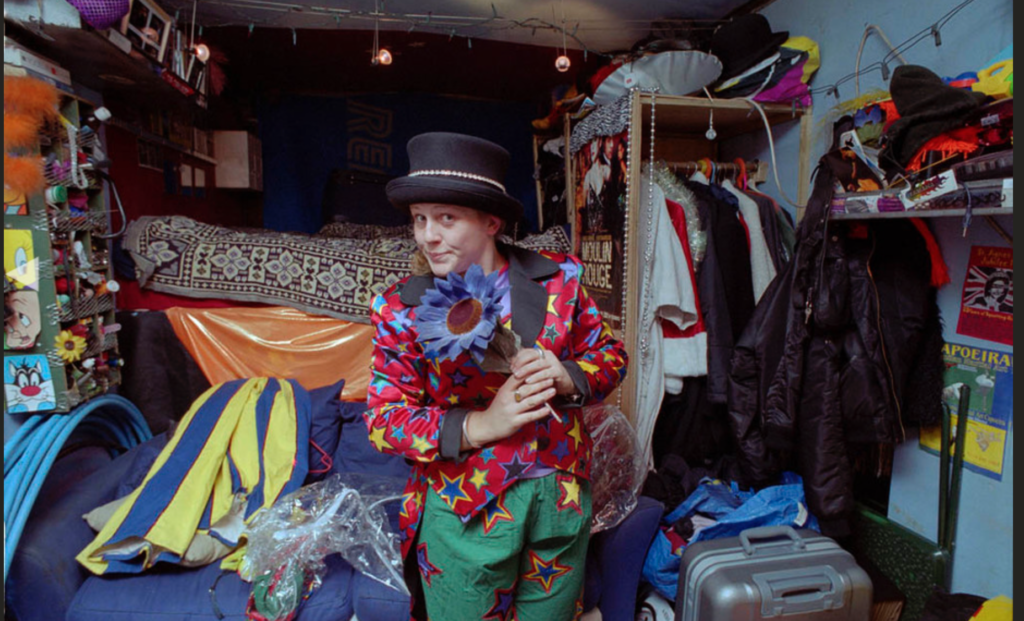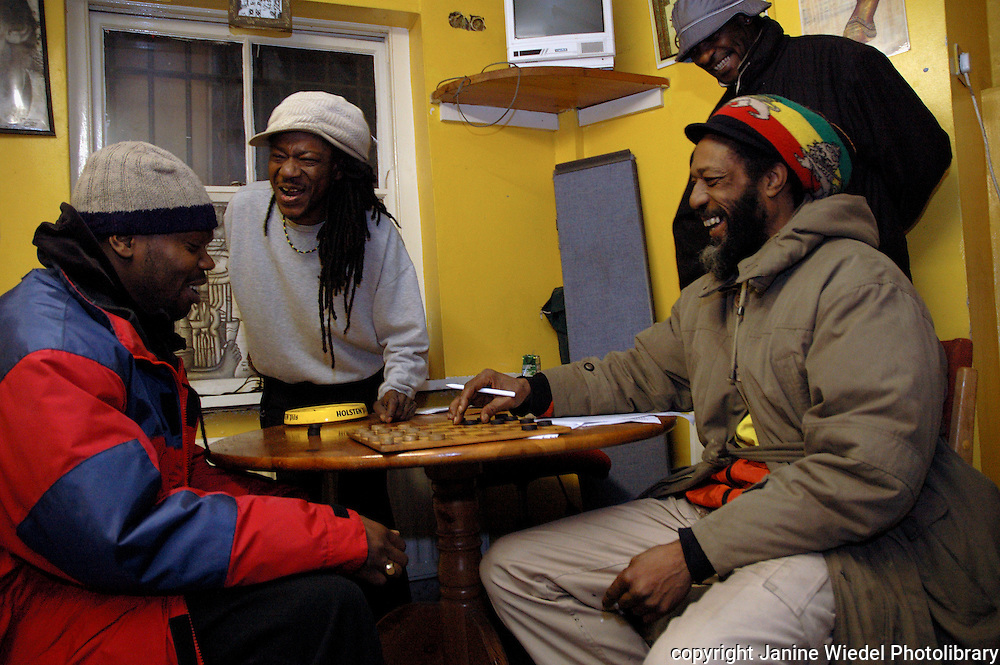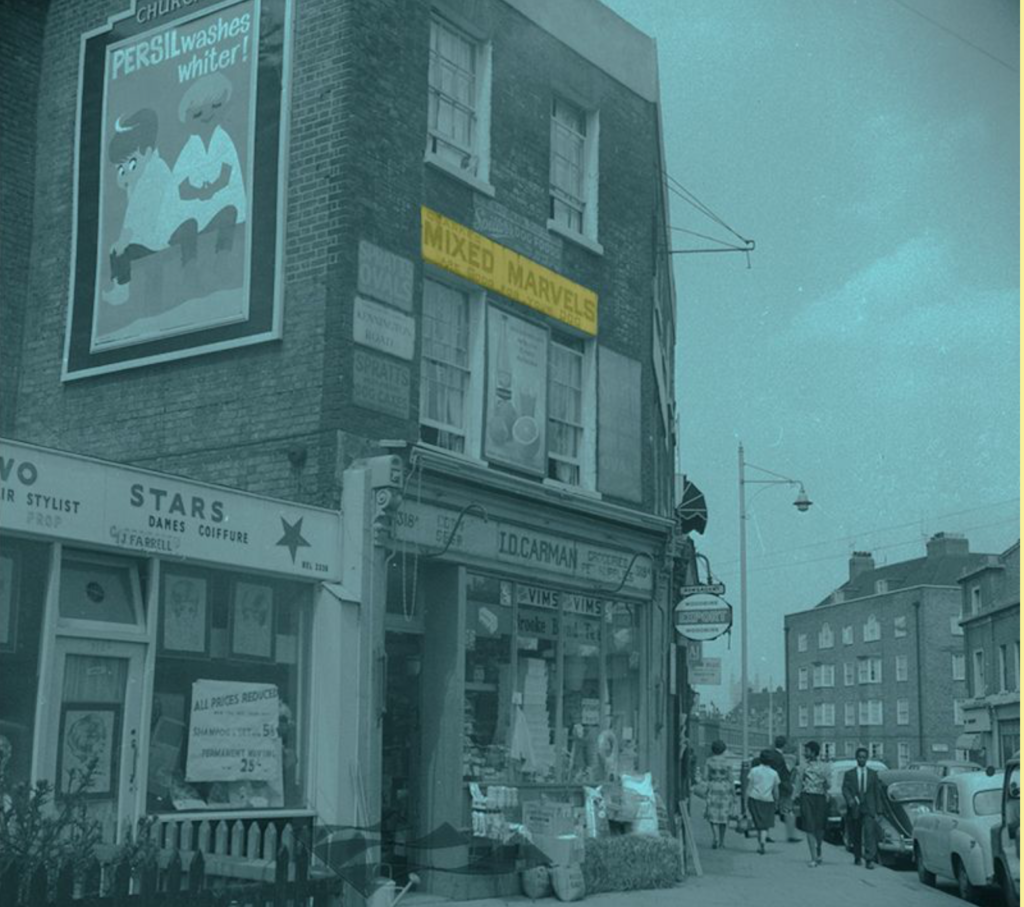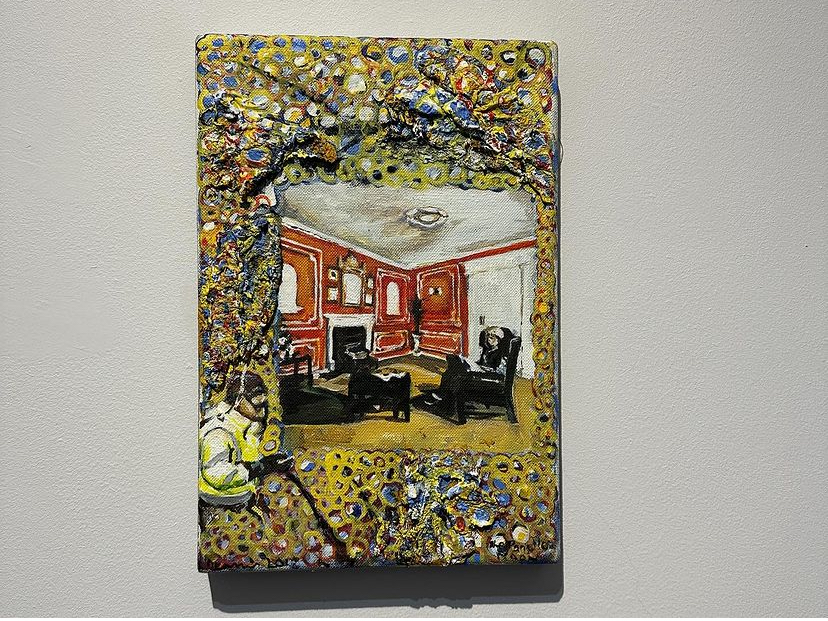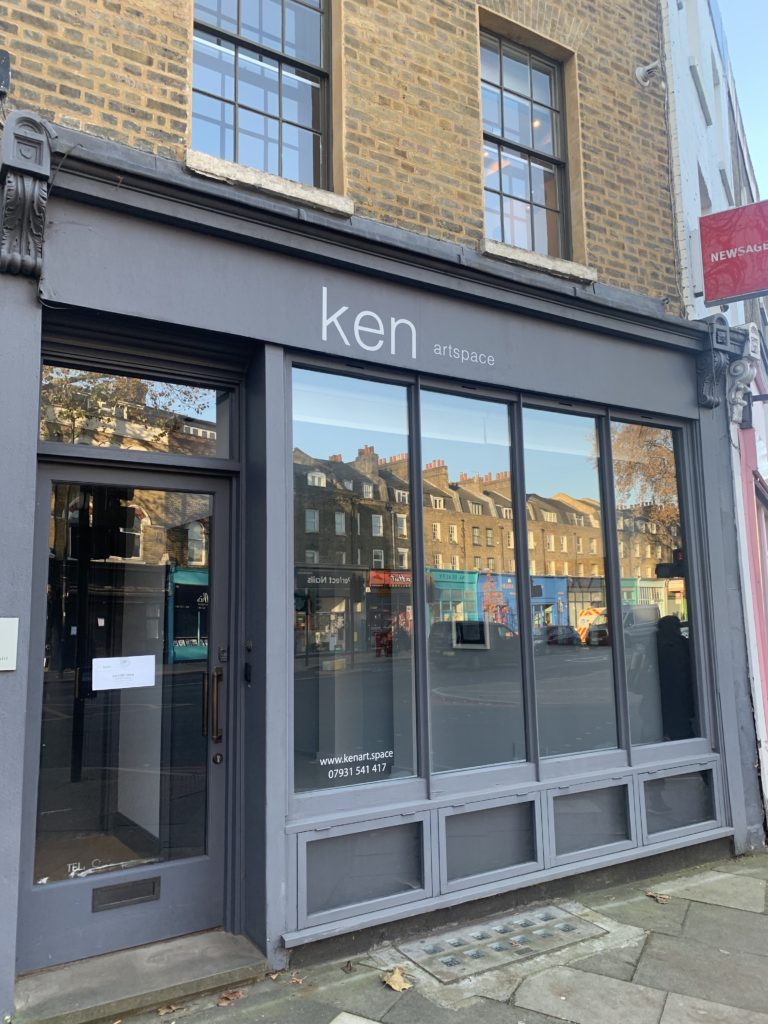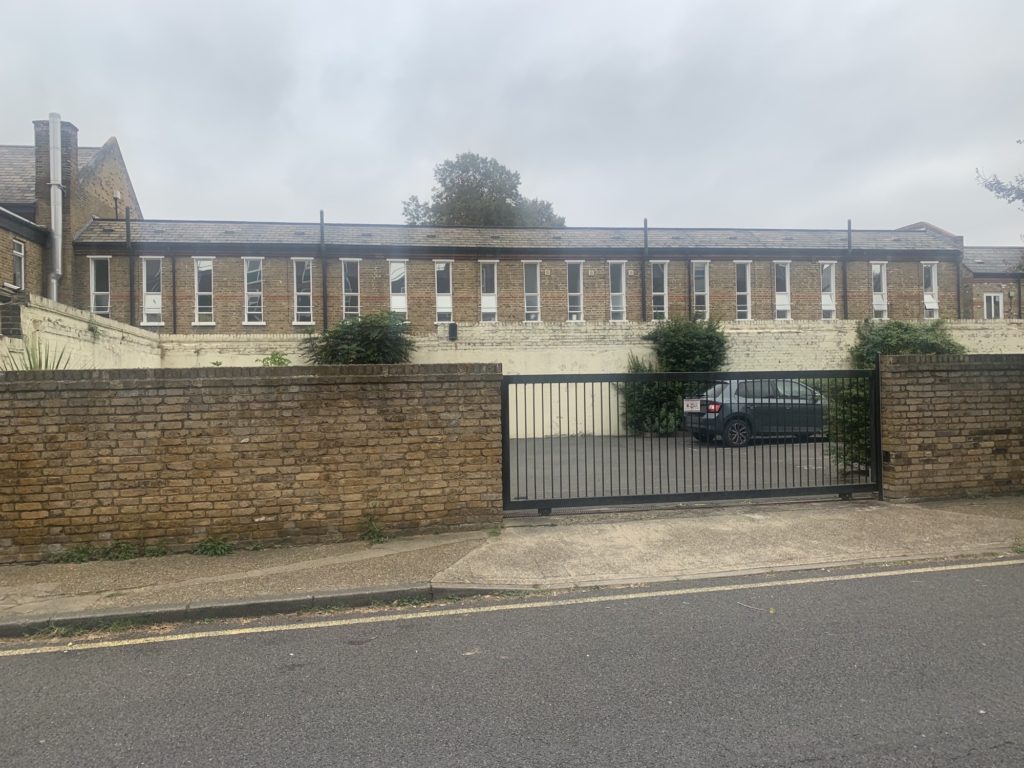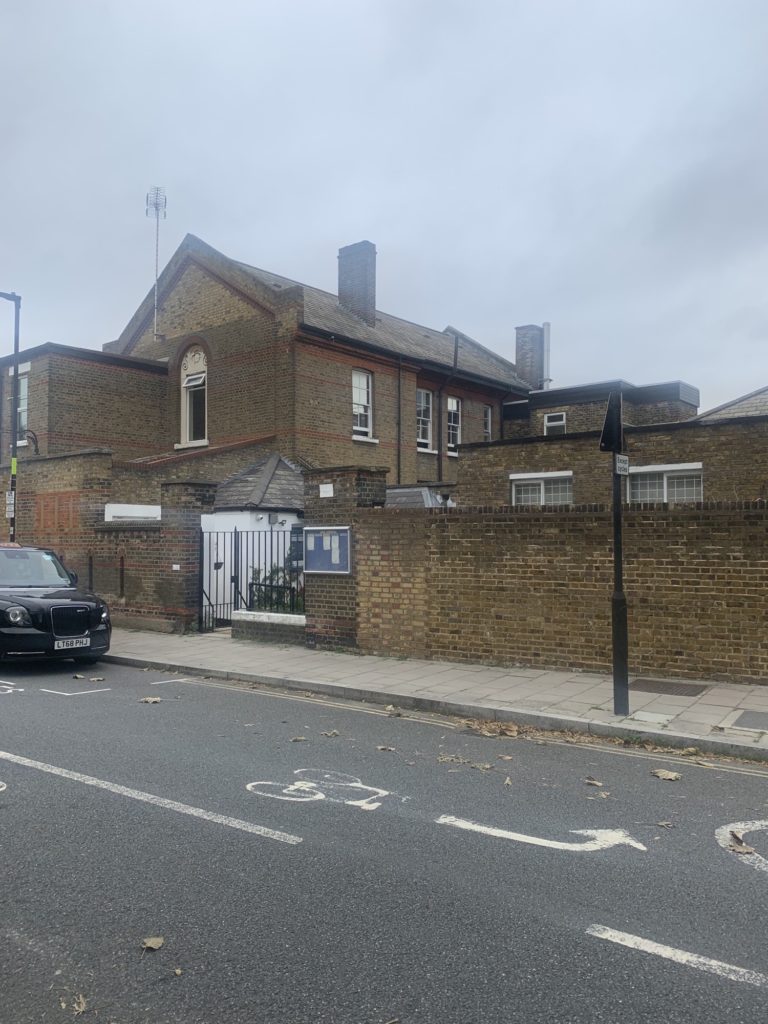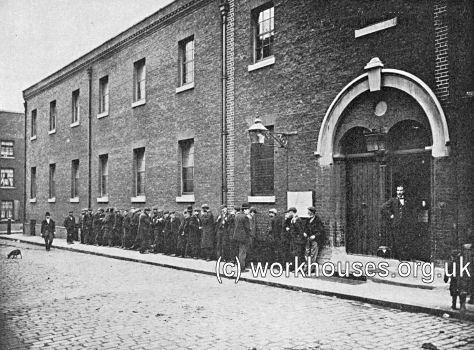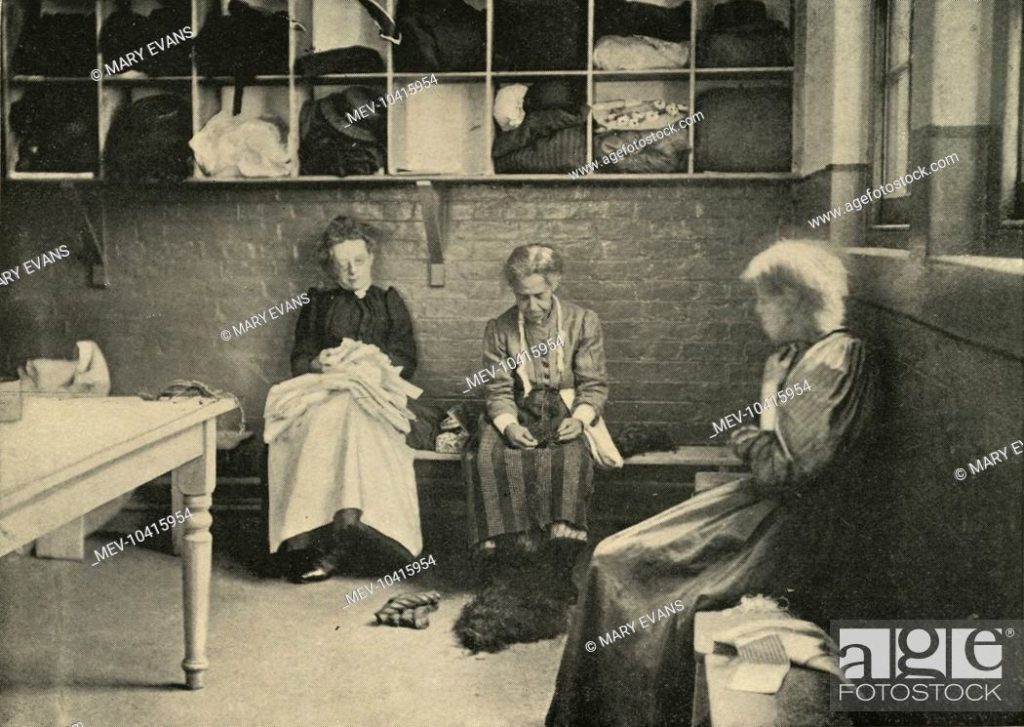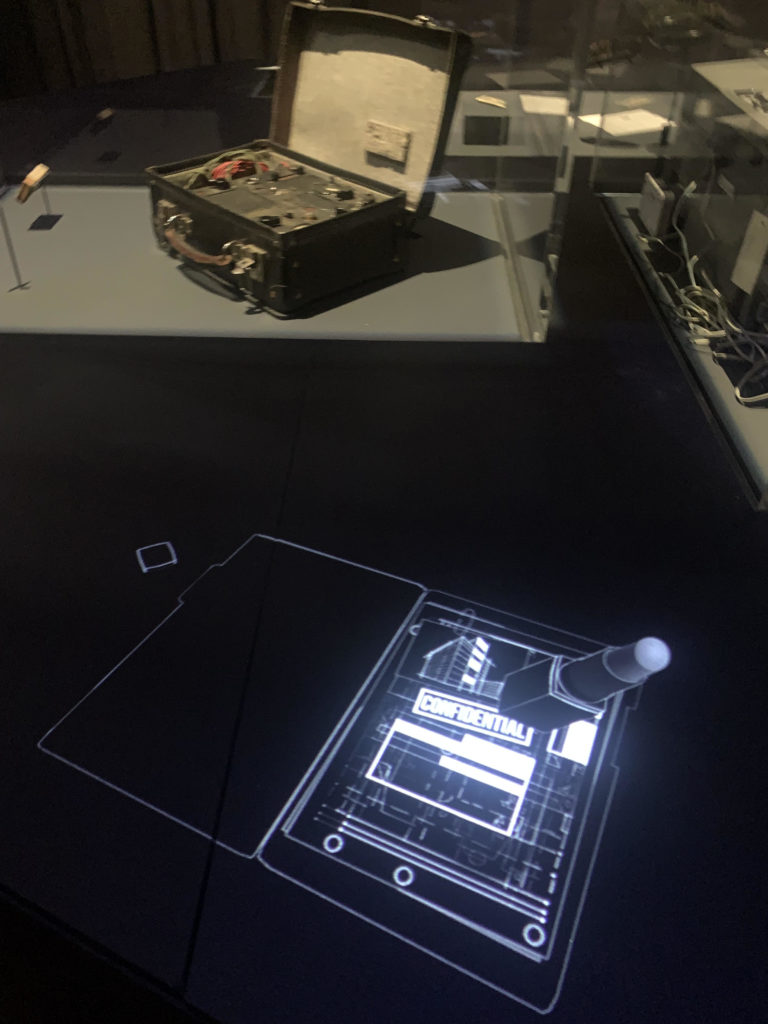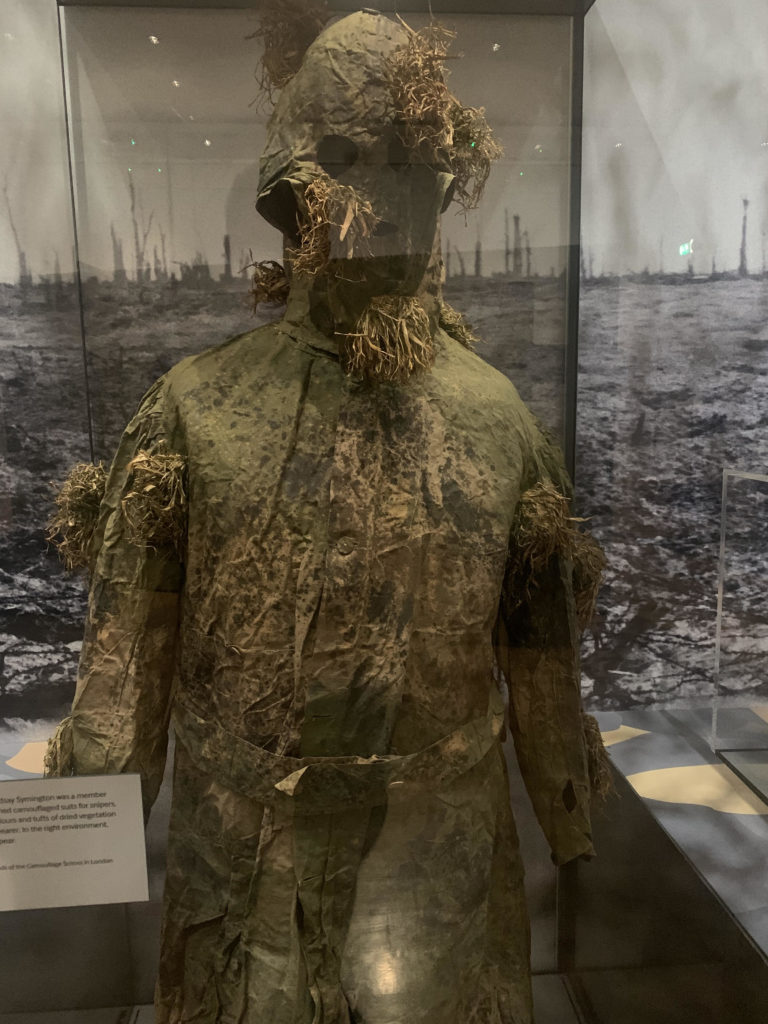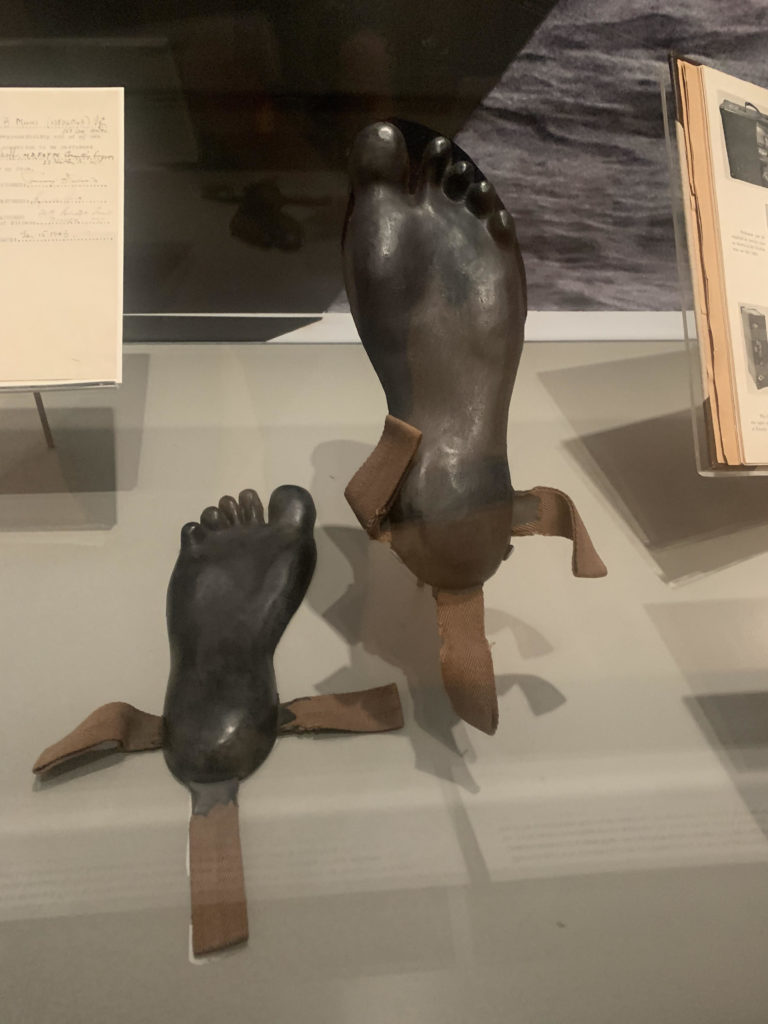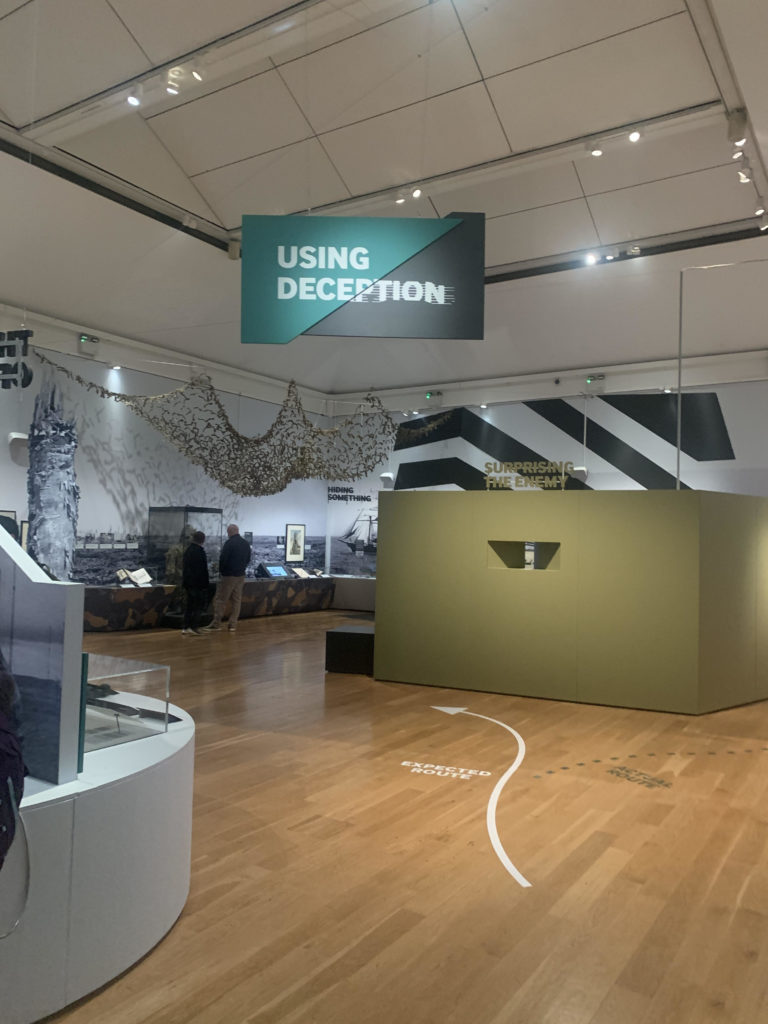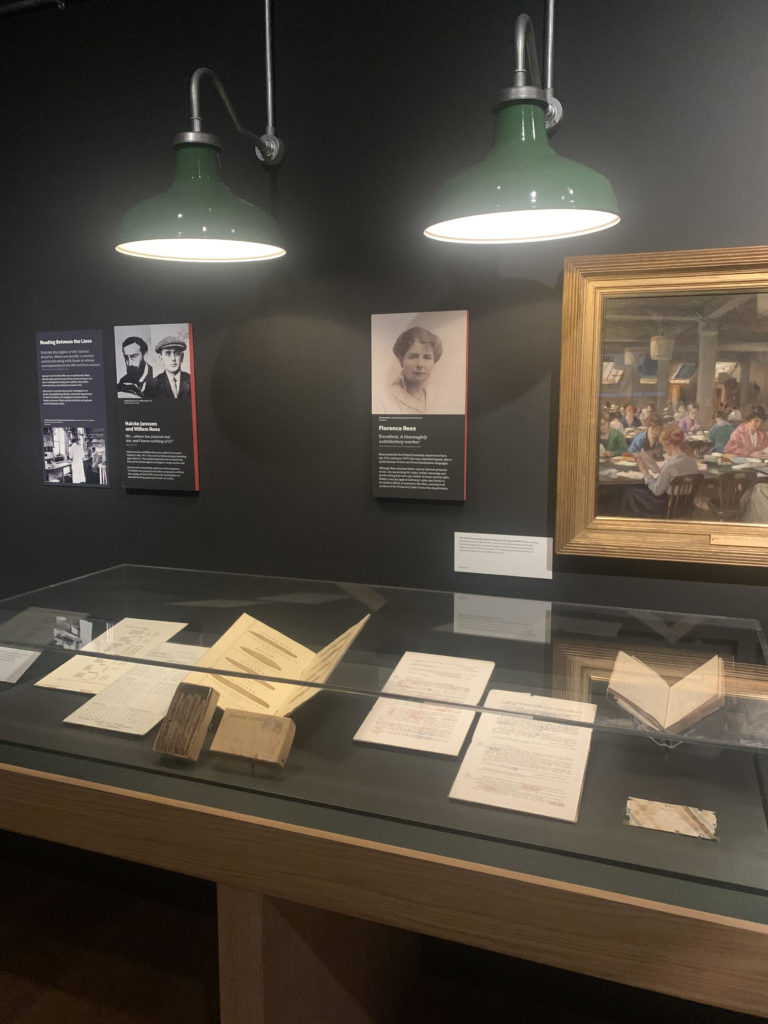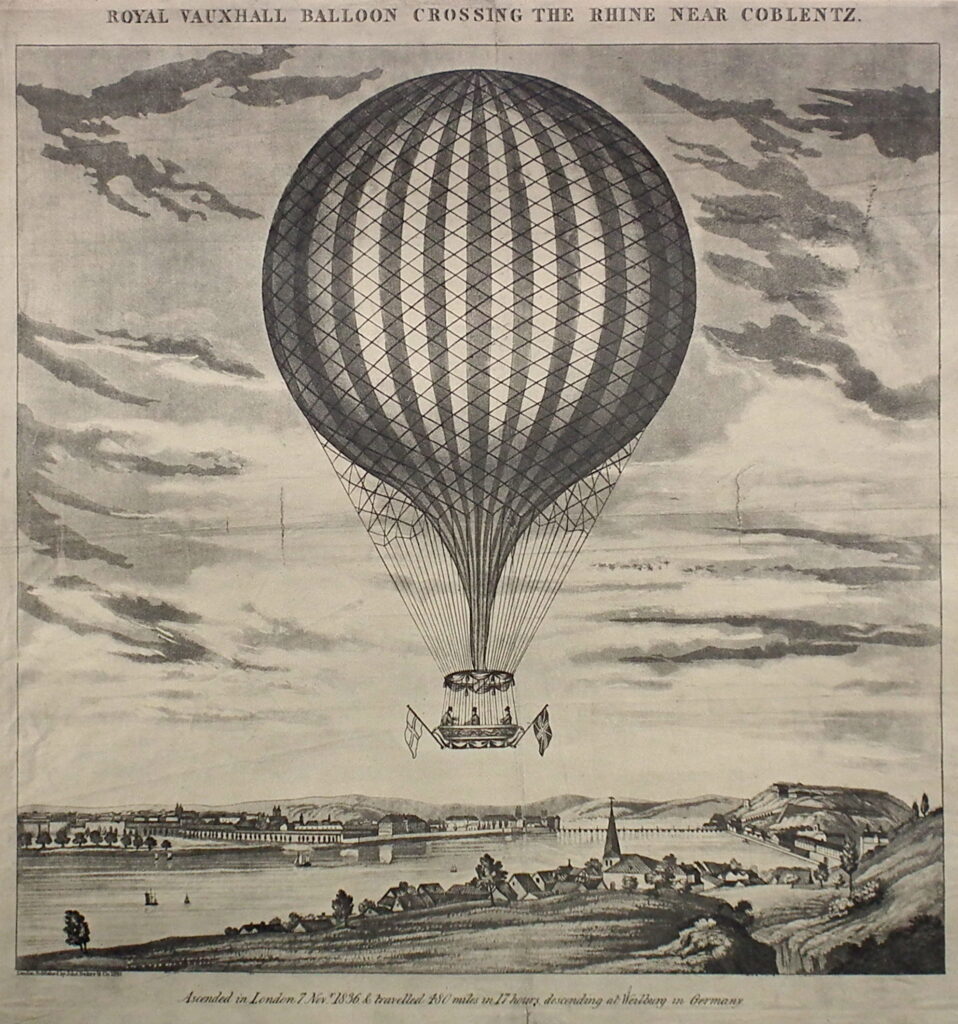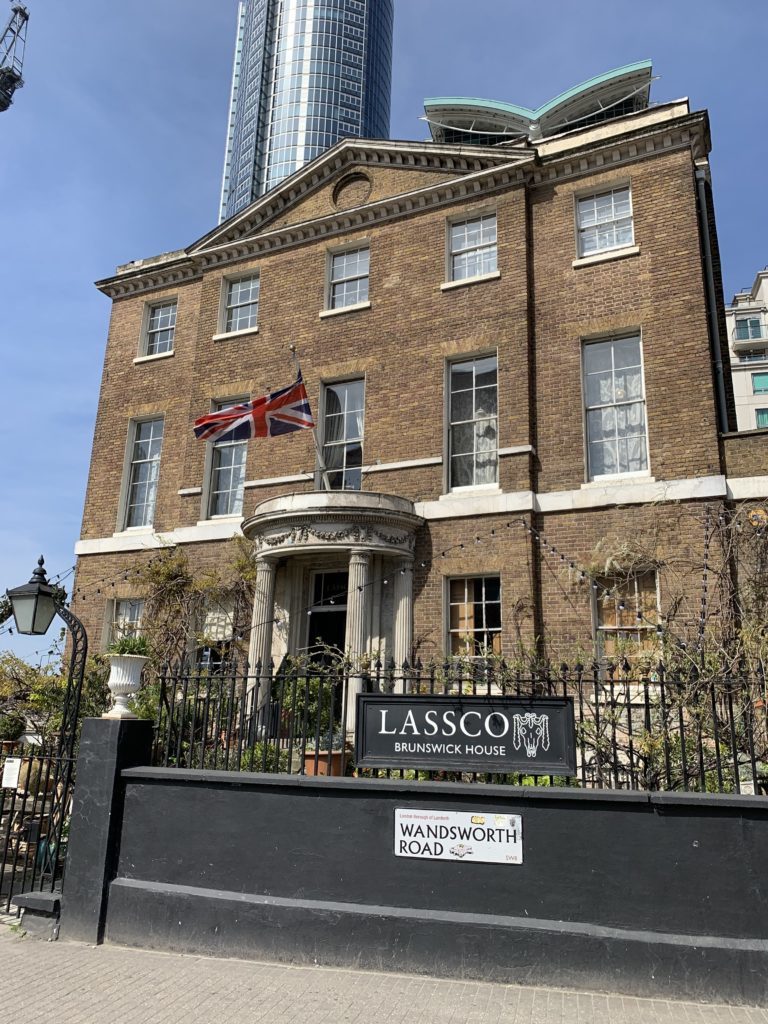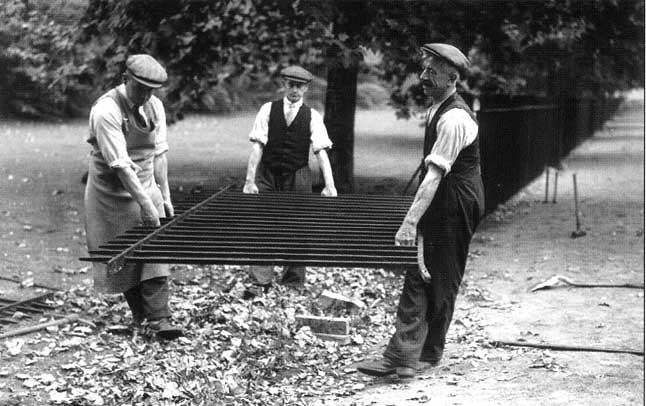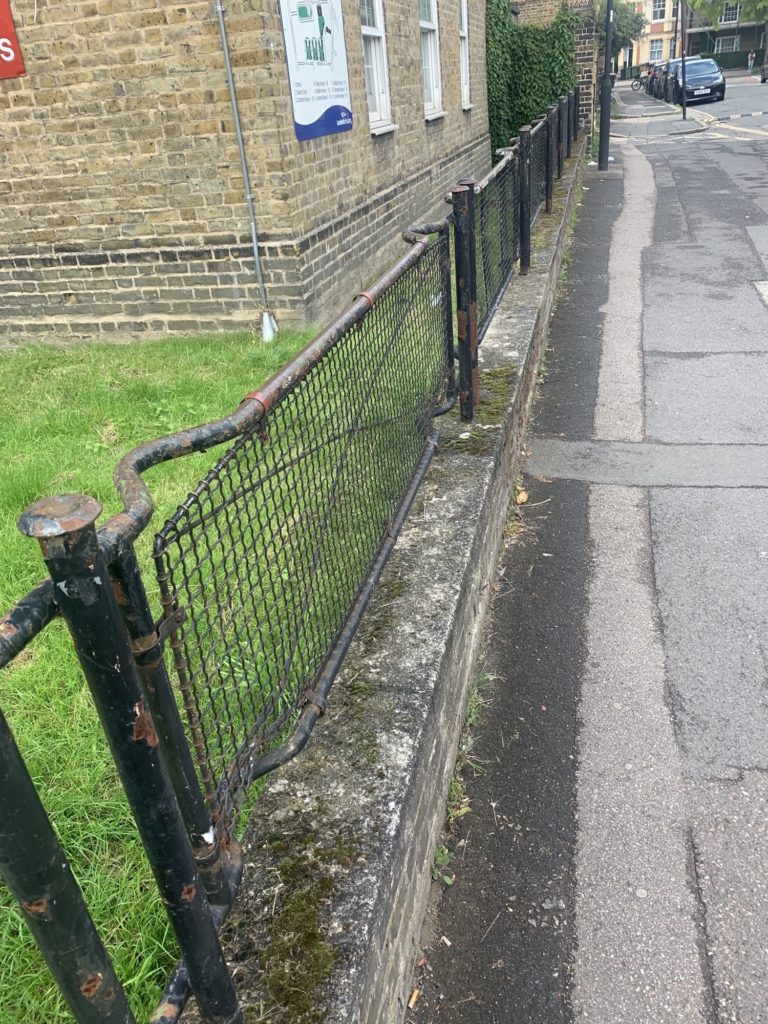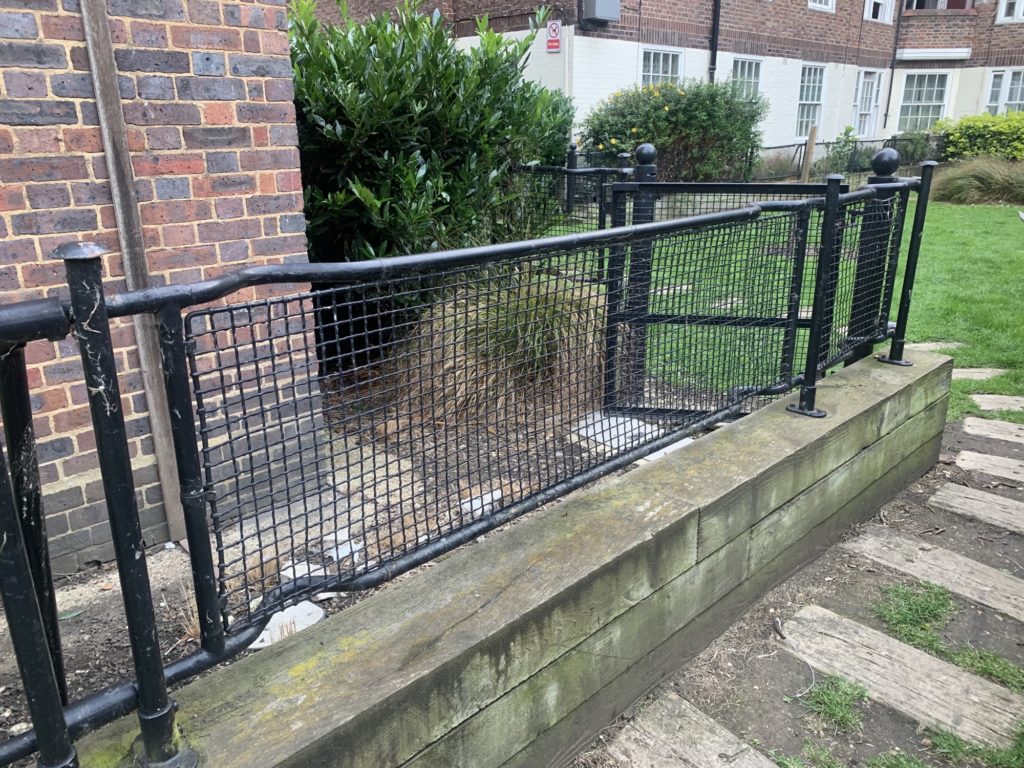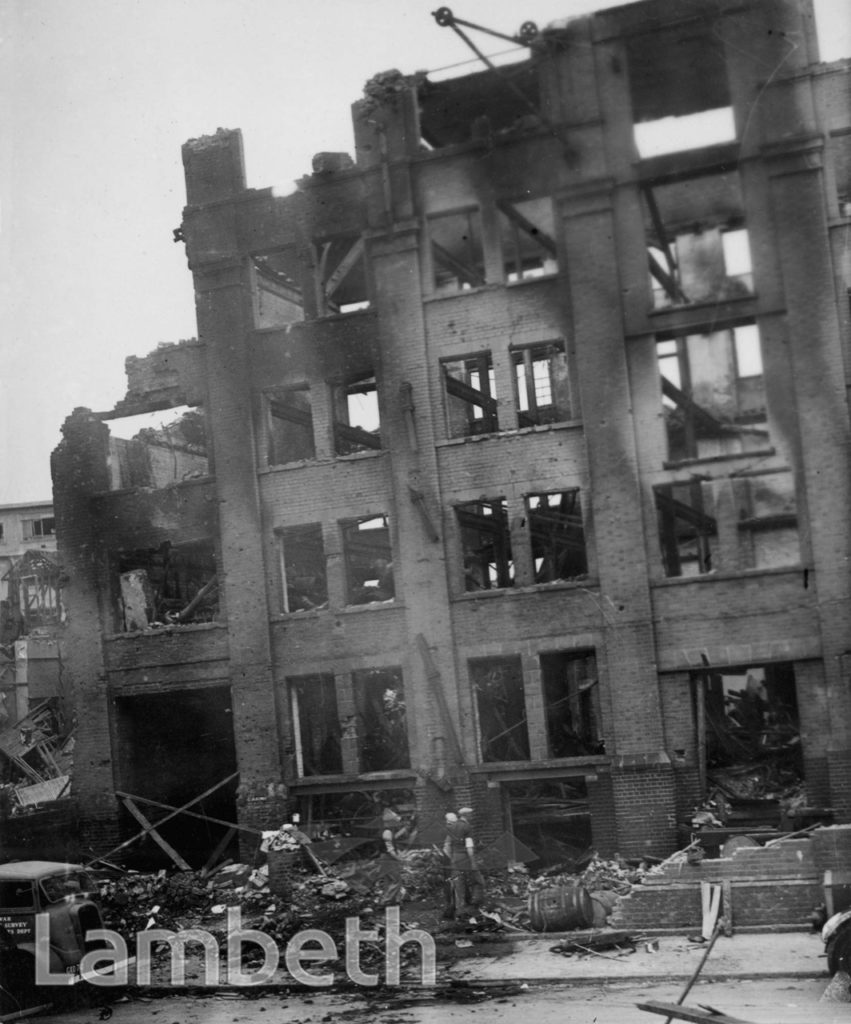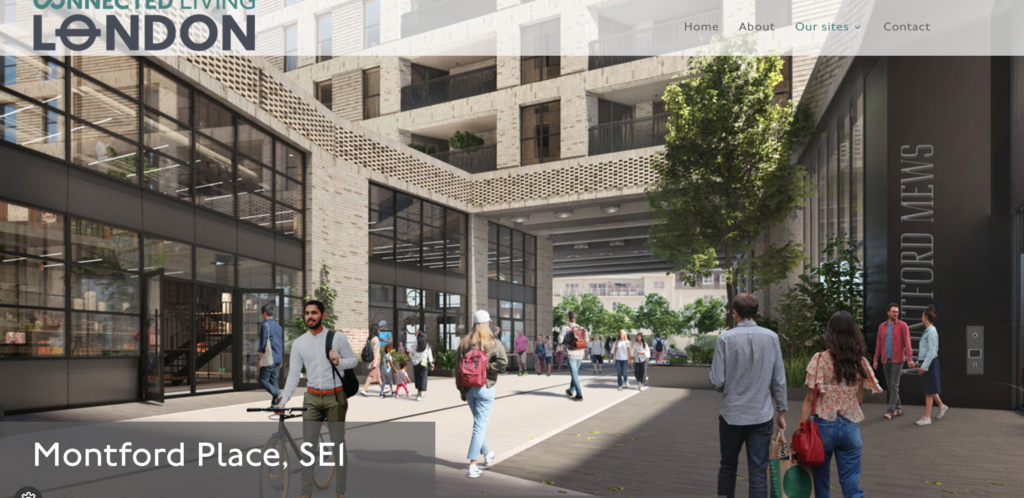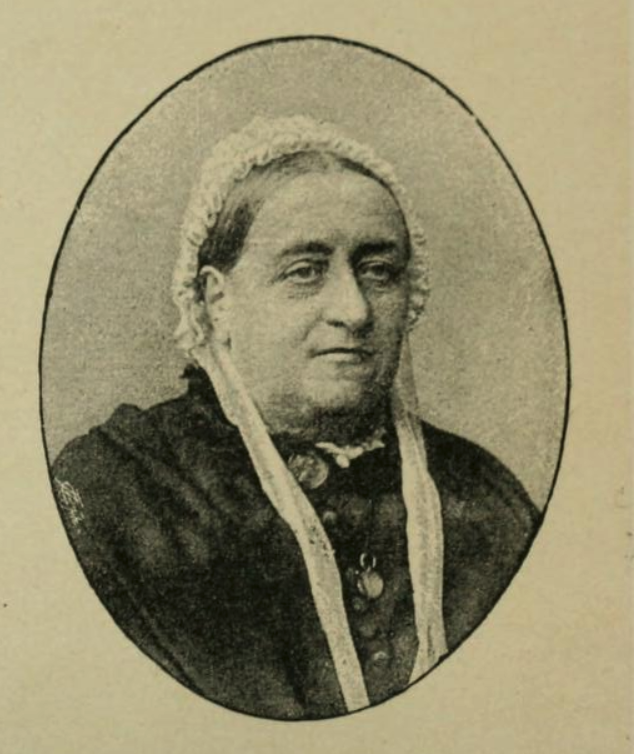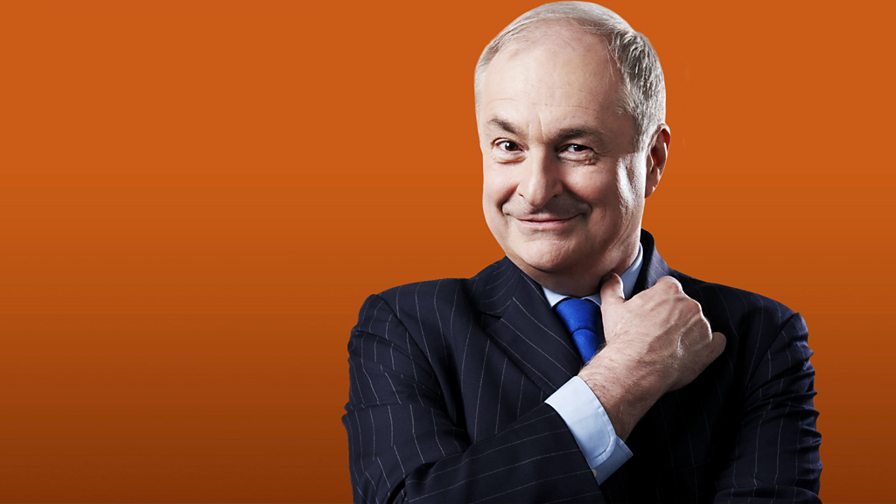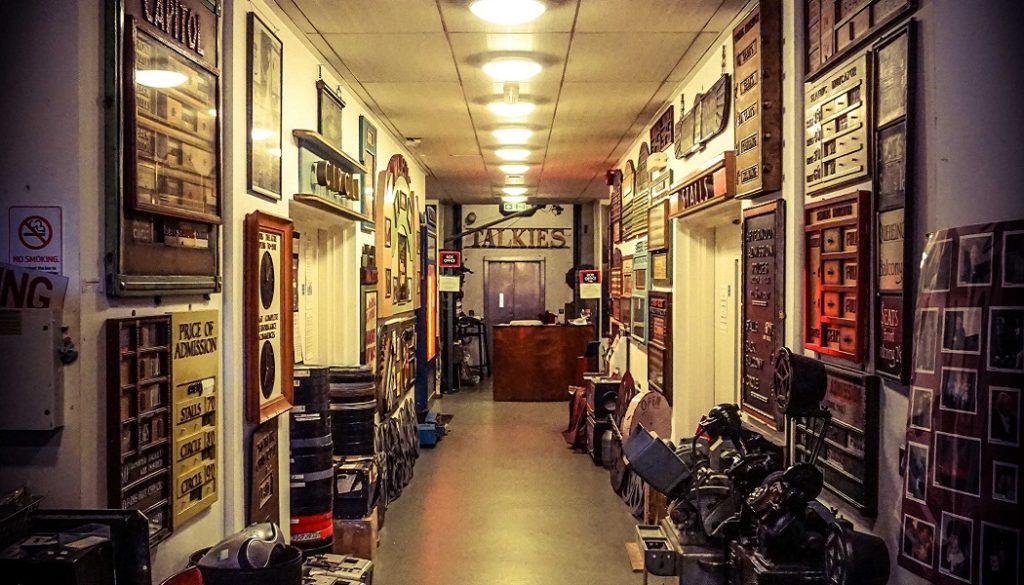From the archives, the third of our month of best history posts
Greater Kennington has always had its share of eccentrics, and a prime Victorian example can be found in magician, humourist and collector Henry Evanion (1832-1905) who lived his entire life in Kennington and Oval. During its dying decades Henry’s family sold sweets and tickets at Vauxhall Gardens, and it was there that he came into contact with mimes, jugglers, clowns and tight rope walkers. Supported by his wife Mary Ann and extended family who ran a sweet shop business at 221 Kennington Rd, he began to develop tricks of illusion and ventriloquism that evolved into a rather elaborate show. Delivered, no less, with a fake French accent.
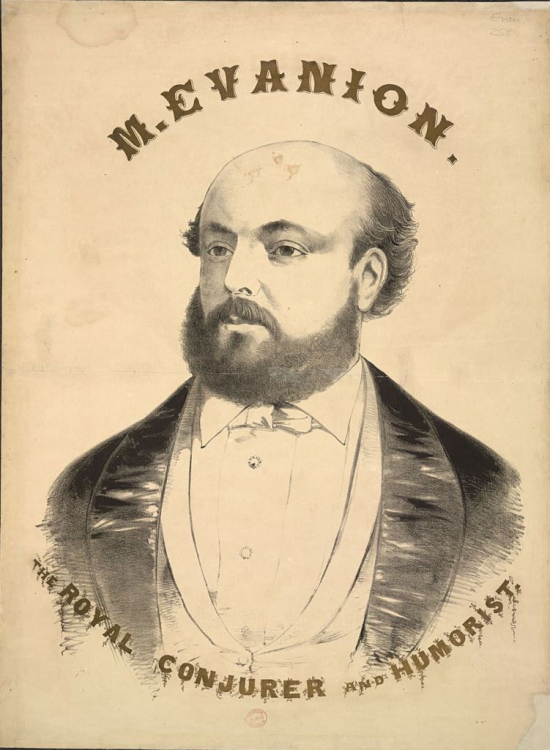
As Henry’s act evolved he began to tour the southeast and even performed for the royal family on three occasions, with the gig at Sandringham billed as ‘The Grand Feat of the Globes of Fire, Fish and Birds’. Henry seriously milked this royal connection and it helped with bookings, but there were long stretches where our local boy had no work. He used this time to furiously research new ways to diversify his act, coming up with tricks such as ‘Vulcan’s Chain’, ‘The Mystic Parrot’ and ‘The Japanese Lady’s Reception’. At the time he was living in what is now Montford Place behind the present day Pilgrim pub.
Henry’s long suffering and very patient wife would sometimes perform as his assistant (a kind of Victorian Debbie McGee) but she had a proper job running a sweet shop so this didn’t last very long. Henry decided to drag people in the crowd onto the stage to act as assistance, which was made easier by his jokiness and quick wit. His shows were an assortment of magical effects, illusions, juggling and ventriloquism presented rapidly with trick following trick. Henry was also an avid collector of playbills, posters and items associated with magic and other forms of entertainment.
While working with mystic parrots, setting things on fire, and sawing people in half might sound very glamorous, it isn’t the most lucrative of professions and later in life Henry and Mary Ann fell on hard times. Living in the basement flat at 12 Methley Street, at the end of his life Henry befriended no other than the great Harry Houdini while he was in the UK. Houdini was fascinated and inspired by Henry, and on their first meeting spent almost 24 hours with Henry in Methley St. Houdini ended up purchasing some of Henry’s collection of magical ephemera. The rest of his collection was endowed to the British Museum, and gives us a fascinating insight into late Victorian light entertainment.
